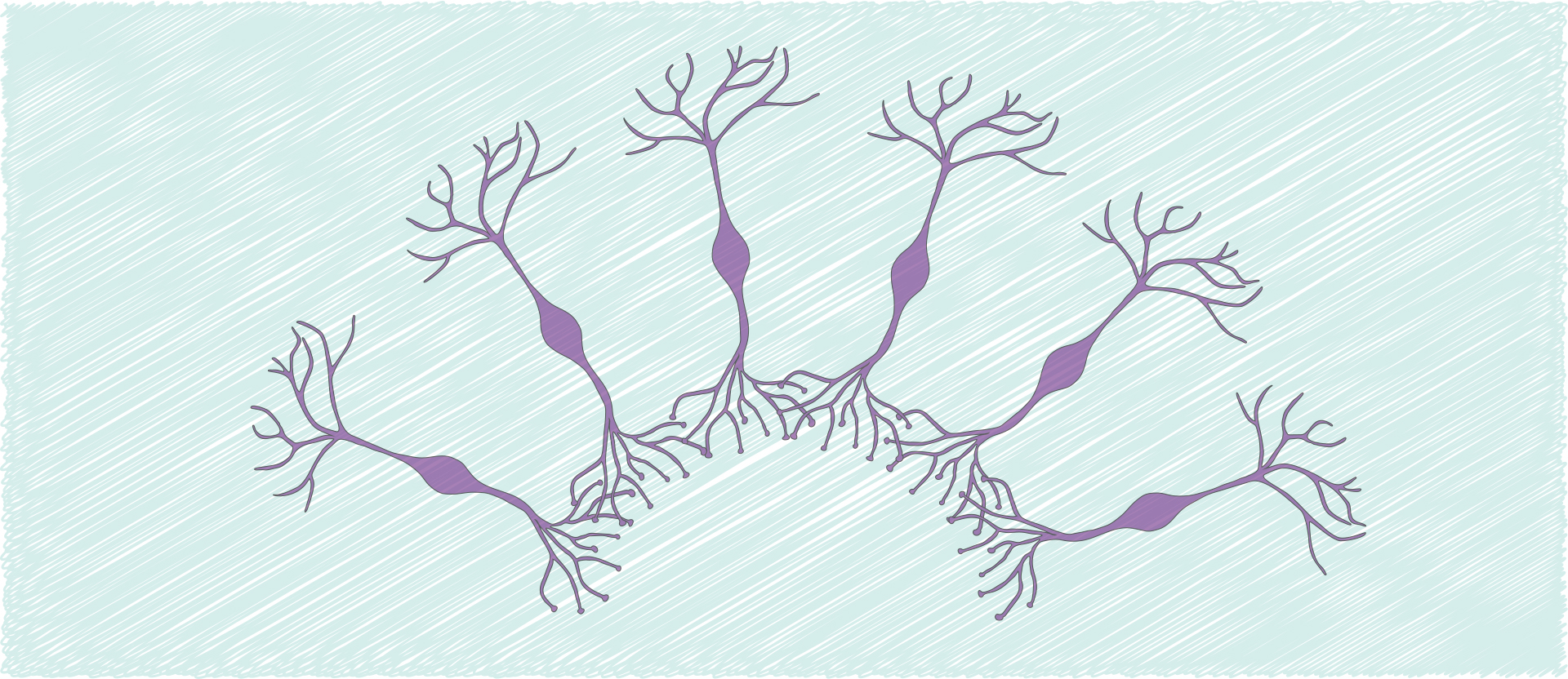Where does laser light lead us?
Using the approaches mentioned above, laser light has been applied not only to understand fundamental processes of cell-to-cell communication, but also to try to systematically repair and treat human disorders. In this case, we are not just burning a piece of a tissue, but optogenetically intervening with pathological states and potentially extending the frontiers of experimental medicine. One could envision jazzing up the activity of special neurons, for example to aid the regeneration of a severed nerve chord, using modified optogenetic approaches. We might be in a position to help deal with a previously uncurable condition. Already, scientists are using optogenetics for decoding the functions of individual sets of molecules, cells, tissues and even organs, to be able, in the long run, to help experimental medicine advance.
There is only a little magic one needs to achieve in future — and this is to bring light into the brain in a non-invasive fashion. Although this still presents a major challenge, the future lies in new laser technologies. Together, optical control in optogenetic approaches has recently proven to be a valuable help to neuronal repair following injury, in screening for drug targets, and as a potential disease remedy or for understanding molecular processes in cancerous cells in the field of tumor biology. These first insights have all provided bright prospects for future avenues.
Illuminating future considerations
Applications of laser light have already shifted the frontiers of modern life sciences by contributing to our understanding of living matter – from the level of atoms, to entire living organisms. Now, considering the ultra-precise control that is possible with laser light, and keeping in mind that remote photoswitching could in principle enable us to dial information to practically anywhere in a tissue, pre-clinical tests are under way.
It is going to be interesting to tackle a variety of unresolved questions in life sciences and experimental medicine by new advances in optogenetics. Moreover, we are finally in the age of technology that will enable untangling the following very exciting phenomenon, fundamental to life sciences: how does intelligent behavior spring from interactions of a physical nature within living matter in the first place.










